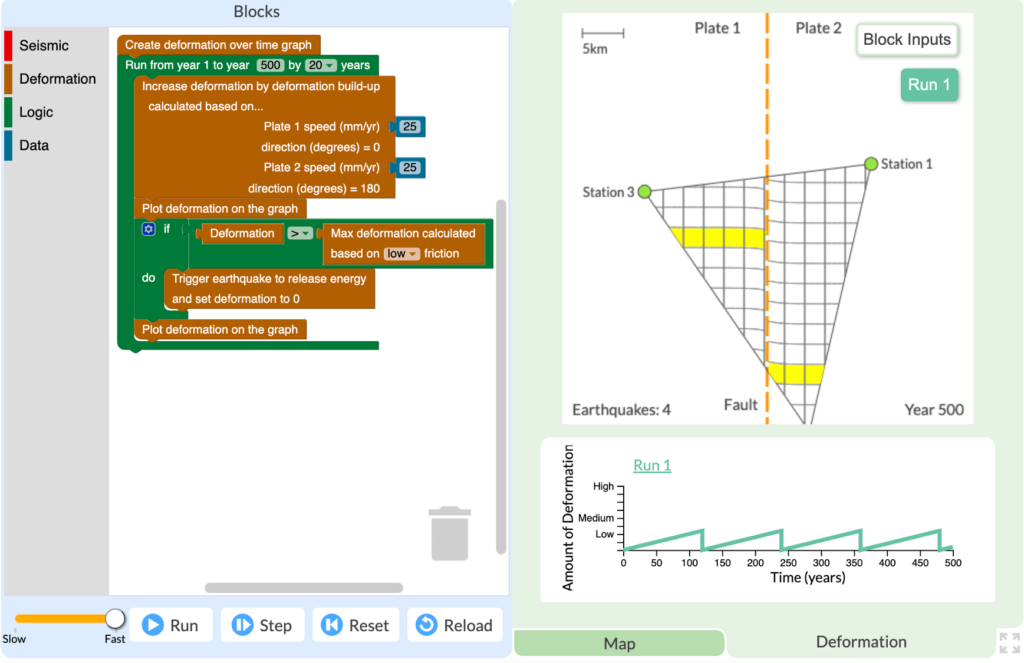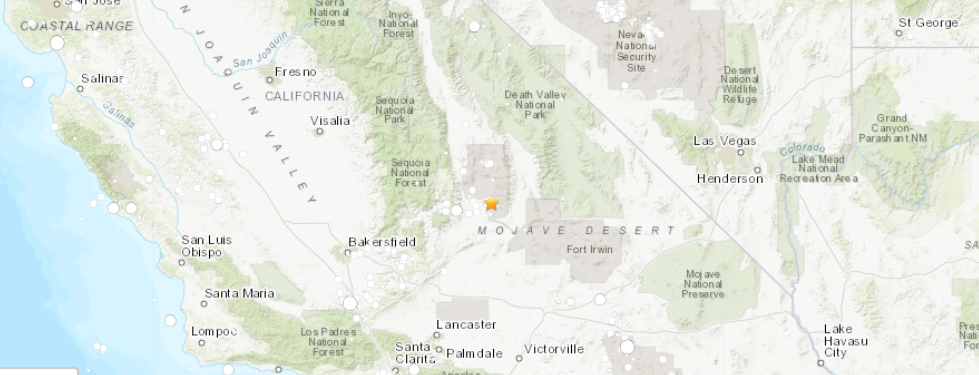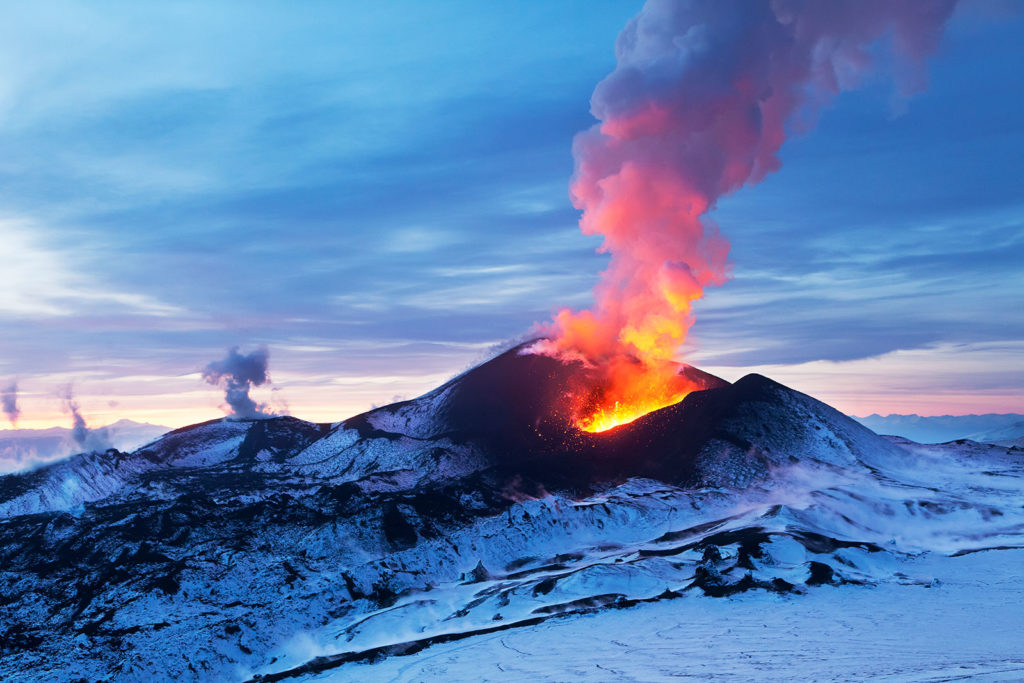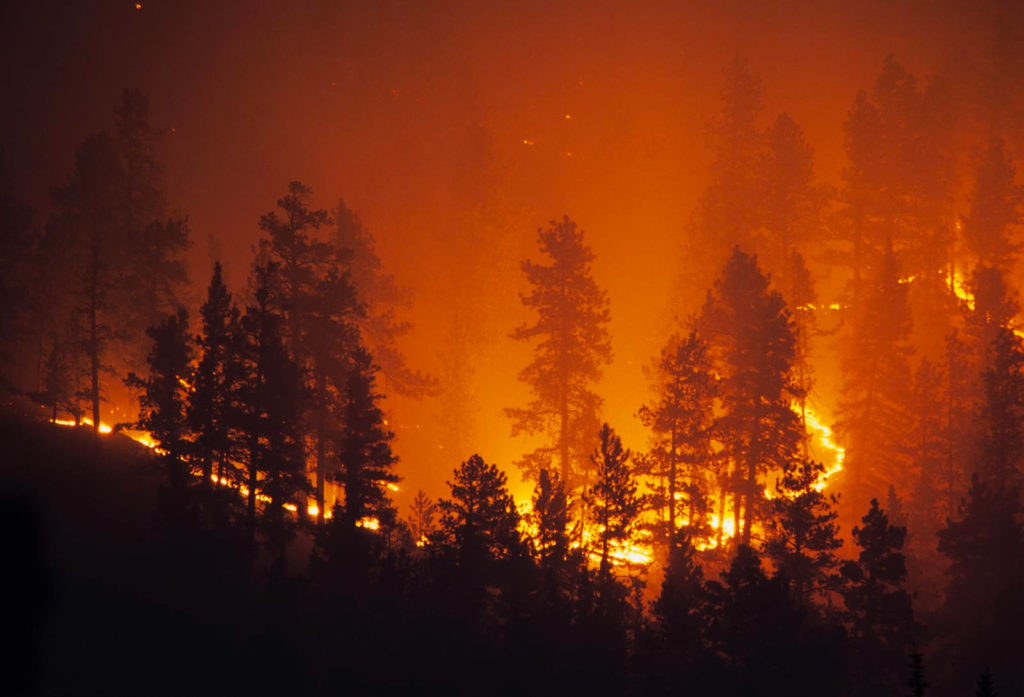Category: Tag: earthquake
Symbols, objects, maps, graphs, and simulations are all powerful tools for conveying information. However, some complex ideas just can’t be captured in a single representation. In these cases, multiple visualizations can be used together to convey and connect several pieces of related information. For example, during the COVID-19 pandemic, news organizations used a combination of […]
Julia LaCava is a summer intern at the Concord Consortium. A junior at Ithaca College, she majors in communications. A massive 7.1 magnitude earthquake occurred July 5 in southern California near Ridgecrest, the strongest to hit the area in 20 years. The quake followed the Independence Day 6.4 magnitude earthquake the previous day north of […]
Engaging students in the study of geohazards through integrating computational thinking with science practices. Students will be able to transform real-world GPS data into visualizations and formulate scientific arguments about predicting impacts and assessing risks.
Exploring natural hazards and extreme events, the predictability and physical impact of these events, and the risk to human lives.
Kilauea, Hawai’i’s youngest and most active volcano, has been continuously erupting since 1983. But it made news again recently with large earthquakes and lava fountains erupting in residential areas. Have you ever wondered what’s going on with Kilauea? Can scientists predict when and where a volcano will next erupt? You can use Seismic Explorer to […]
Earthquakes occur worldwide daily, and their aftereffects vary widely, from minimal to devastating. From California to the Mediterranean, some communities live with the threat and consequences of earthquakes and their aftershocks on a regular basis. Understanding what causes an earthquake is not easy. How is it possible to visualize monumental slabs of Earth moving? And […]




